Caharagh House
Houses within 15km of this house
Displaying 45 houses.
Houses within 15km of Caharagh House
Displaying 45 houses.
| House name | Description | |
|---|---|---|
| Ballyartney | A house built by the Quaker family Barclay in the 18th century and their home in the 18th and 19th centuries. In 1786 Wilson mentions Ballyartney as the seat of Mr. Barclay. The house was occupied by Charlotte Barclay at the time of Griffith's Valuation but she held it from the Court of Chancery. Home of the O'Dea family in the 20th century. Unoccupied in 2009. |
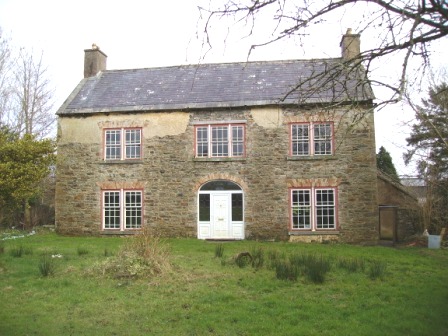
|
| Kilrush House | An early 19th century house, home of the Vandeleur family, though they were in residence in the eighteenth century as Wilson refers to Kilrush as the seat of Crofton Vandeleur in 1786. In the mid 19th century it was valued at £85. In 1897 it was completely destroyed by an accidental fire. The site of the house is now a car park for those wishing to visit the Vandeleur Walled Garden, which has recently been restored, or to walk in the woods. |
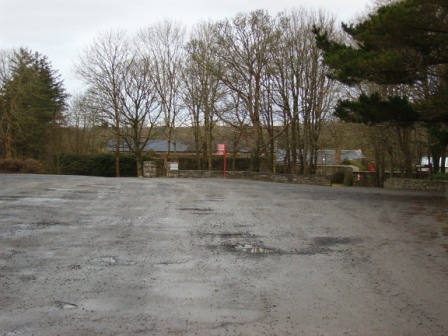
|
| Ross Hill | Ross Hill House was the home of George Ross Lewin and his descendants until the end of the 19th century. He was the second son of Harrison Ross Lewin of Fort Fergus, High Sheriff of county Clare in 1755. The house is still inhabited. |

|
| Cahercon/Cahiracon | A house situated on the bank of the Shannon, the seat of the Scott family until at least the 1850s. The sale rental of 1854 gives a detailed description of the house which included 16 bedrooms. By the mid 19th century James Kelly held the house in fee. The buildings were valued at over £53. The Honourable Charles William White, second surviving son of Baron Annally, was living at Cahiracon in the mid 1870s and it was a seat of that family in 1894. The Vandeleurs lived here for a short time at the beginning of the 20th century. Bought by the Maynooth Mission to China in 1920 and sold by them to the Salesian Sisters of St John Bosco in 1962. The house later became the centre of Cahercon Community College. Cahercon is now owned by Clareman Paddy Whelan of Limestone Quarries. |

|
| Clifton | Built by the Scotts of Cahiracon for the use of their agents circa 1830s, this house was in the possession of James Kelly by the time of Griffith's Valuation when the house was recorded as unoccupied. It became St Brigid's Convent for postulants of the Columban Sisters in the 1920s and was demolished in 1979. |

|
| Erribul | A steward's house built in the 1840s by Colonel George Wyndham and valued at over £12 at the time of Griffith's Valuation. It is labelled Erribul House on the 25-inch Ordnance Survey map of the 1890s and is still extant. | |
| Cloonkerry House | Cloonkerry was an 18th century house on the Vandeleur estate. The house was occupied by Richard Brew in 1814 and by members of the Lloyd family in 1837 and in the 1850s. Weir writes that the house is now demolished. According to local information this house was once a police barracks. | |
| Clonderalaw | Weir writes that this house was either built or bought by a branch of the Studderts of county Limerick in the mid 18th century and that it remained their home until the mid 20th century. In 1786 Wilson refers to it as the seat of Mr. Studdert. It was part of the Wandesforde estate in county Clare. It was the home of Mrs Gore (nee Studdert) in the 1940s but according to the Irish Tourist Association surveyor it was not in good repair and "likely to go the way of all the other big houses of Clare". However it has survived into the 21st century with its roof on. In 1894 it was the residence of Captain George Studdert. | |
| Thornberry House | Originally a Brew family home, then a rectory and by the mid 19th century in the possession of the Studdert family held from Jane Robinson. Later the home of Colonel Thomas Lloyd. The house was demolished in 1949. | |
| Pyrmont House | Wilson refers to "Fyrmont" as the seat of George Leake in 1786. In 1837 Lewis recorded this house as the seat of W. Sandes. At the time of Griffith's Valuation, the representatives of Lord Hallyburton's estate were leasing this property to William Sandes, whom Bary describes as the most "fair-minded" of the Sandes family and a noted horseman. The house was valued at £13 10s at the time. Prymount was included in the sale of the Gun Mahony estate in 1856 when William Sandes was recorded as the tenant from year to year. It later passed to the Sandes of Swallowglen and was subsequently demolished. | |
| Woodlands or Aghana | Robert Leslie was leasing this property to Pierce Leslie at the time of Griffith's Valuation, when it was valued at £8 15s. Lewis records it as the seat of Pierce Leslie in 1837. Bary notes that Robert Leslie was reared by Pierce Leslie, the owner of this property, when he succeeded his father at a young age. The house seems to have been known at times as Aghana House and is still extant and occupied | |
| Tarbert Lighthouse & Keepers House | At the time of Griffith's Valuation, Robert Leslie was leasing this property to the Board of Ordnance, when it included the lighthouse and lightkeeper's house and associated buildings, valued at £22. The lighthouse is still extant and operational. |

|
| Tarbert House | Tarbert House was owned by Robert Leslie at the time of Griffith's Valuation when it was valued at £24 10s. Both Leet in 1814 and Lewis, in 1837, note it as the seat of R. Leslie. In 1906 it was valued at £25. The National Inventory of Architectural Heritage suggests the house was built c.1720. In 1786 Wilson describes it as "happily situated on an eminence commanding an extensive view". The house has remained in the Leslie family since that time though the estate was sold to the tenants c.1904. It is open to the public during the summer months. |
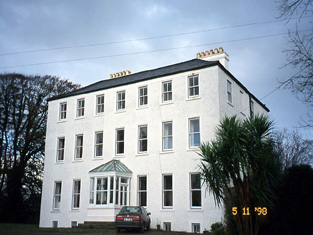
|
| Sallowglen | William Sandes was leasing this property to Thomas Sandes at the time of Griffith's Valuation, when it was valued at £24. Lewis notes it as the seat of T.W. Sandes in 1837 as does Leet in 1814. Wilson, writing in 1786, refers to "Sallow Glin, the new and handsome house of William Sandes". In 1906 it was the property of Thomas W. Sandes and valued at £50. Bary writes that it was resided in by the Sandes family and their descendents until the 1920s when the estate was sold. It has since been demolished. | |
| Leslie Lodge or Shanaway | Pierce Mahony was leasing this property to James Patterson at the time of Griffith's Valuation, when it was valued at £12. Wilson refers to it as a seat of Robert Leslie in 1786. In 1814 Leet refers to Leslie Lodge as the residence of John Parker. Lewis, in 1837, records the purchase of the property by Col. D.G. Halliburton In 1856, it is included in the sale of the estate of George Phillip Gun Mahony, a minor, when it is described as untenanted. In 1906, Stephen Collis owned a property at Shanaway East, valued at £6. It is no longer extant. | |
| Tieraclea Lodge | At the time of Griffith's Valuation, Tieraclea was occupied by Stephen Collis, when it was valued at £42. An extensive farmyard is recorded here on the First Edition Ordnance Survey map. The house is labelled as Tieraclea on the later 25-inch map and by 1906 Tieraclea was valued at £45. Bary writes that it had been a residence of the Collis family since the eighteenth century and they continued there until the 1920s. In the early years of the twentieth century the house was destroyed by fire but was re-built and is still extant. | |
| Farranawana House | At the time of Griffith's Valuation, this property was being leased by St. John Blacker to the trustees of Glin Poor Law Union, as an auxilliary workhouse. By 1895 it is labelled on the Ordnance Survey map as Farrawanna House. A house and farm buildings are still extant at the site. | |
| Aughrim | At the time of Griffith's Valuation, Rev. R. Fitzgerald was leasing this property from the Blacker estate when it was valued at £6 and part of a holding of 600 acres. It is described as a Steward's house. Farm buildings still exist at the site. | |
| Moyvane Farm | At the time of Griffith's Valuation, William Sandes was leasing a property to Stephen Sandes at Moyvane North, valued at £3 5s, on a holdings of 150 acres. It is described as a farmhouse. | |
| Moyvane House | William L. Vesey-Fitzgerald Foster was leasing this property from the TCD estate at the time of Griffith's Valuation, when it was valued at £3 15s. In 1837 Lewis mentions the principal residence in Murher parish as the property of Baron Fitzgerald but occupied by Mr. Enright. In 1814, Leet refers to it as the residence of John Sandes. Bary notes that it was earlier associated with the Sandes family. It is no longer extant. | |
| Burrane | The Hodges lived here for over a hundred years following a marriage in 1754 with a Monsell of Burrane though Wilson still refers to it as the seat of Mr. Monsell in 1786. It was held from the Reeves family of nearby Besborough who came to hold the head rent through an 18th century marriage with a Spaight of Burrane. Weir writes that the house was demolished in the early 20th century. | |
| Besborough | Occupied by Reverend Theobald Butler in 1837 and still in his possession at the time of Griffith's Valuation. He held the property from Letitia Hickman and it was valued at over £22. By the 1870s this house was the home of Robert William Cary Reeves and it was still in his possession in 1906. Later in the 20th century the house became the home of the Hassett and Sexton families. | |
| Carrowdotia House | A house on the Vandeleur estate, it was the residence of William Daxon in 1814 and of R.D.Daxon in 1837. Valued at £17 at the time of Griffith's Valuation and occupied by James Cathro. This house now appears to be the centre of a working farm. |

|
| Kilmore | The home of a branch of the Hickman family in the 18th and 19th centuries. In 1786 Wilson refers to it as the seat of Mr. Hickan. Inherited by the Gores in the 1860s. Burnt in July 1922. |
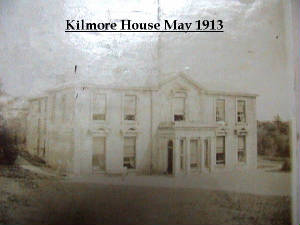
|
| Woodlawn House | Situated on the Hickman estate, this house valued at over £13 was unoccupied at the time of Griffith's Valuation and the lease held by Denis Culligan. Joseph Studdert had occupied the house in 1837. He was a grandson of Maurice Studdert of Elm Hill, county Limerick. One of Joseph's sons married Mary Gore of Tyredagh Castle and the Gore Hickmans appear to have occupied the house in the late 19th and early 20th centuries. This house is now a ruin. |
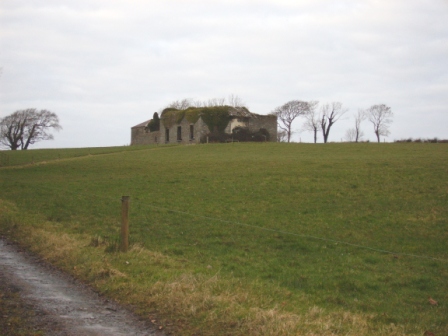
|
| Oaklands | A one storey 18th century house on the Hickman estates occupied by William Henn in 1814 and by R. Hunt in 1837. The residence of the Bennett family from at least the mid 19th century and sold by the Misses Bennett in 1929. | |
| Doonnagurroge Castle | Weir writes that this is a 17th century house with a Hodges coat of arms over a door. William Monsell is recorded as the proprietor of Donogroge, Kilrush in 1814. Situated on the Hickman estate it was occupied by George Crowe Hodges in 1837 and at the time of Griffith's Valuation. The Clare Journal (17 Nov 1856) records the death of this gentleman aged 70. The home of the Talty family in the later part of the 19th century. |
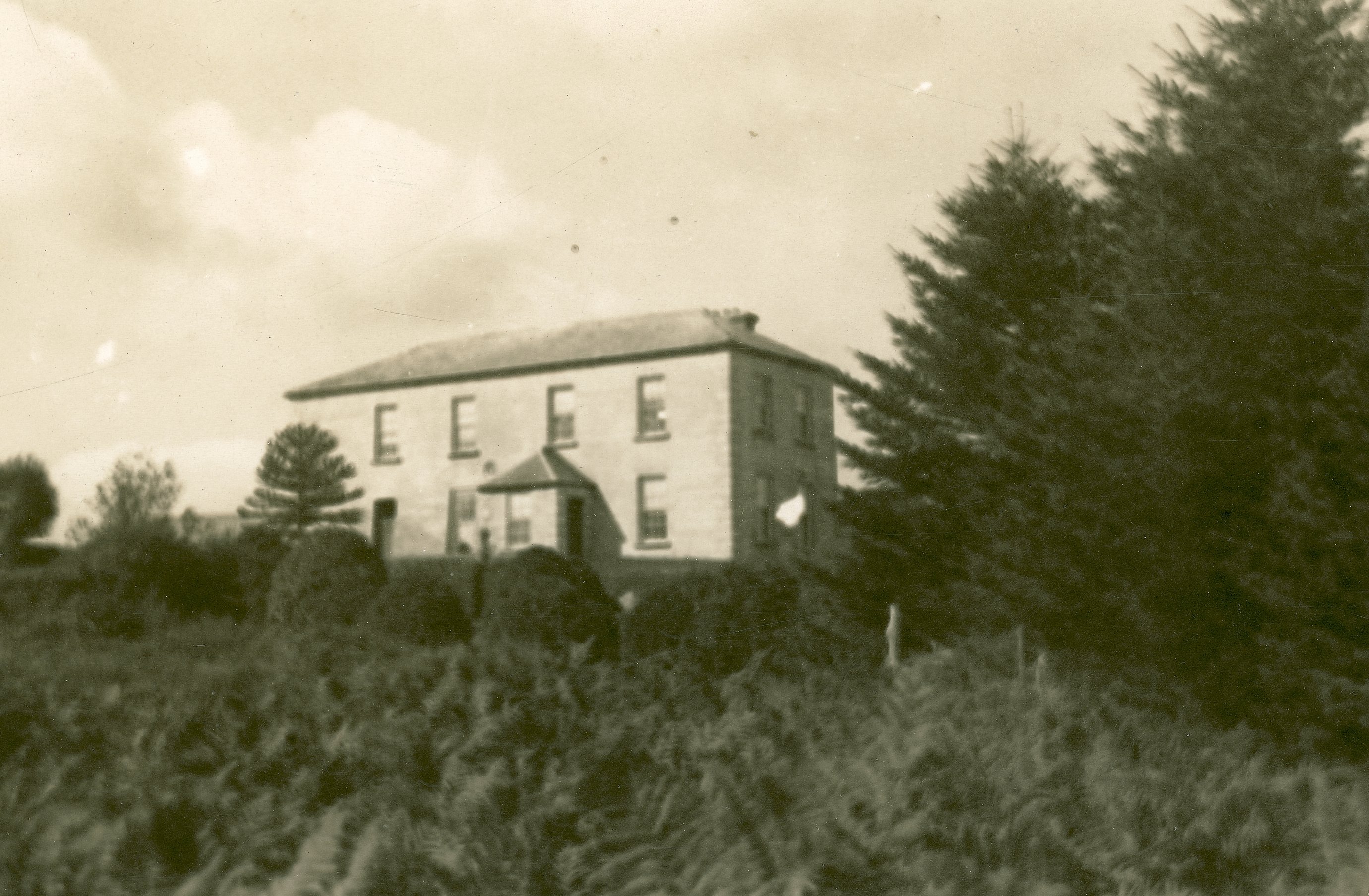
|
| Glenastar Cottage | Occupied by William Osward circa 1840 and described as a large house of 2 storeys. Held by William R. Yeilding in fee at the beginning of the 1850s and valued at £7.5 shillings. The residence of Richard M. Yielding in 1814. |

|
| Ballysteen | Inhabited by James Massey in the early 1850s who held the property from the Earl of Clare. The house was valued at £11+ at that time. Though still extant it has fallen into disuse. |

|
| Ballydonohoe | A property held by a junior branch of the Fitzgerald family. The house was the residence of John Church in 1814, Thomas Fitzgerald in 1837 and of St John Thomas Blacker in the early 1850s. It was valued at £13 at that time. |
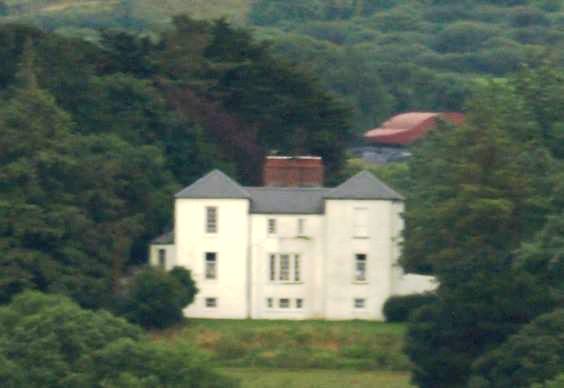
|
| Glin Castle | The home of the Knights of Glin, built in the 1780s and later castellated, it is situated on the Shannon estuary. Wilson refers to it in 1786 as" Glyn House, the pleasant seat of Mr. Fitzgerald". In the early 1850s it was valued at £50. The castle is still in the possession of the family but in 2015 was offered for sale. |
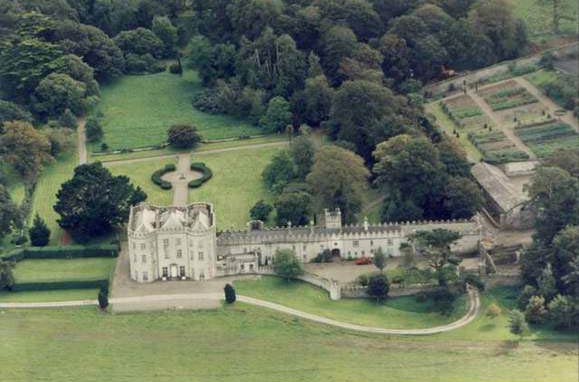
|
| Westwood | Reverend P. Fitzgerald wrote in 1826 that Lancelot Kiggell "lately built a beautiful cottage adjoining a fine old wood near Glin". This house was occupied by Lieutenant Hyde Royal Navy in 1837 and by John F.E. Fitzgerald, heir to the Knight of Glin in the early 1850s. The house shown on the 25-inch map of the 1890s is much reduced in size and it is no longer extant. | |
| Movena | A house on the Roche estate occupied by Bridget Farrell in the early 1850s when the buildings were valued at £11. Movena is marked on the first edition Ordnance Survey map. It is now a ruin. |
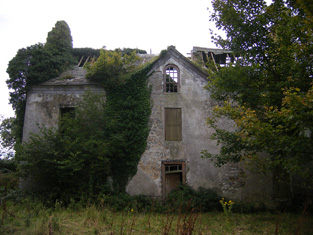
|
| Waterpark House | A house on the Monteagle estate, the residence of Catherine Nolan in the early 1850s, when it was valued at £10. It is labelled as Waterpark House on the 25-inch Ordnance Survey map of the 1890s. A house is still extant at the site. | |
| Corgrig House | Gerald Griffin was the proprietor of Corgrig in 1826, Mrs Griffin occupied Congrieff in 1837 and Gerald Griffin held Corgrig from Lord Monteagle in the early 1850s. The Ordnance Field Name Books state that Peter Griffin was the proprietor circa 1840 and that his father had erected this house about 80 years previously. It is still extant though with modern housing now occupying much of the surrounding area. The 25-inch Ordnance Survey map of the 1890s also shows a house known as Corgrig Lodge in the same townland at R253511. | |
| Shanagolden House | According to the Ordnance Field Name Books this house was erected in 1812 on the site of a former house. This three-storied house was situated on the Monteagle estate and was occupied by John Griffin in 1814 and by the Reverend George Vincent, rector of Shanagolden in 1837. His son Arthur Vincent was resident in the early 1850s when the house was valued at £20 and in the 1870s when he is recorded as owning 267 acres in county Limerick. It is no longer extant. | |
| Rock Lodge | This house was the home of Samuel Harding from at least 1814 to the mid 19th century. He held the property from the Earl of Clare. At the time of Griffith's Valution, it was occupied by Michael Harding and valued at £10. Home of the Behan family at the end of the 20th century. | |
| Old Abbey | The home of the Greene family for most of the 18th century. In 1786 Wilson refers to "Abbey" as the seat of Mr. Greene. Subsequent tenants were the Hodges and the Morgans. The Ordnance Field Name Books state that part of the building was very ancient and that a new front had been built in 1805. George Morgan was resident in 1814, William Morgan in 1837 and in the early 1850s, when he held the property from the Earl of Cork. Old Abbey passed to Willliam's daughter, Mrs Wardell, and stayed in the possession of the Wardell family into the 20th century. It is no longer extant. |
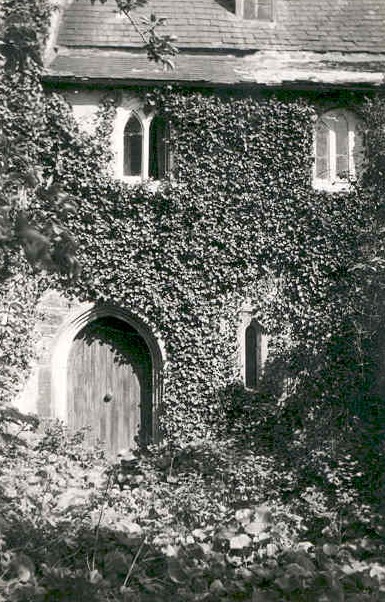
|
| Woodcliff | Occupied by A.E. Taylor in 1837. Woodcliffe, the estate of Anselm Evans Taylor, was advertised for sale in 1852. The sale notice describes Woodcliffe as" beautifully situated, commanding a view of the Shannon". Held by Richard E. Taylor in fee at the time of Griffith's Valuation and advertised for sale again in January 1873 and in July 1884. Sold in 1888 and home of the Fitzgerald family at the end of the 20th century. |

|
| Ouvane Cottage | Lieutenant Hewson, Royal Navy resided at Ouvane in 1837 and Maurice Hewson lived there in the 1850s when the buildings valued at £14 were held from Lord Monteagle. This house is no longer extant. | |
| Mount Trenchard | Lewis described this mansion formerly called Cappa as "beautifully situated on the banks of the Shannon". Marked as "Cappo" on the Taylor and Skinner map of the 1770s. Home of the Rice/Spring Rice family in the 19th century, valued at £40 in the 1850s and at £54 in 1906. Occupied by the Military in 1944, sold to Lady Holland in 1947 and to the Sisters of Mercy in 1953 who opened a school. |
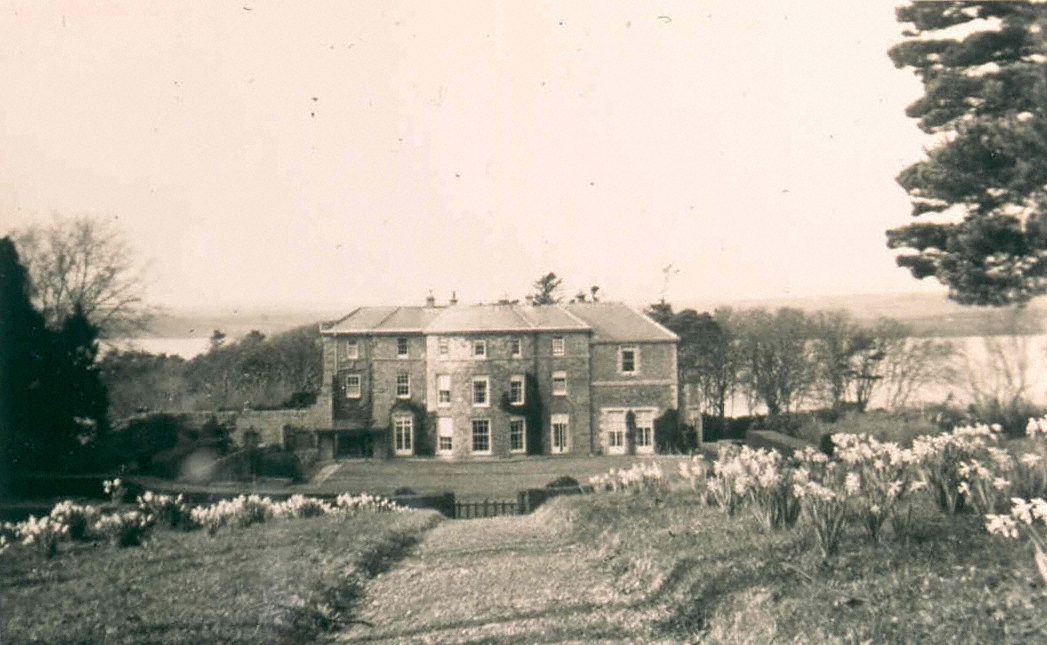
|
| Kilcosgrave | Occupied by Danie Sheahan in 1814. The Ordnance Survey Field Name Book states that Kilcosgrave House was built on the site of the Castle and was formerly the residence of the Langford family. It was then a ruin except for one part which had been converted into a farm house. The name of this house is usually spelt Kilcosgriff. | |
| Shannon View (Tarbert) | At the time of Griffith's Valuation, Richard Hinde held a farmhouse at Coolnanoonagh, valued at £2 15s. A house labelled Shannon View appears at this location on the 25-inch edition Ordnance Survey map, published in the 1890s. A house is still extant at the site. | |
| Rusheen House | In 1786 Wilson refers to Rusheen as the seat of Mr. Crosbie. The 1st edition Ordnance map of the townland shows both Rusheen House and the site of "Rusheen Old House". At the time of Griffith's Valuation Stephen Sandes was leasing this property from the Crosbie estate. It included a herd's house valued at £1 5s. Bary writes that there were several marriages between members of the Crosbie and Sandes families in the eighteenth and nineteenth centuries. The house is no longer extant. | |
| Foynes House | In 1837 Lewis describes a house on Foynes Island as a "handsome marine villa, the summer residence of the Earl of Dunraven". The 1st edition Ordnance Survey map shows a house named Foynes House on the southern part of the island. By the time of Griffith's Valuation this is in possession of Peter Griffin, leasing from the Spring-Rice estate and with a valuation of £1 15s. The later 25-inch Ordnance Survey map shows a much smaller property labelled Burneen, close to the site of Foynes House. This latter property is still extant. |

